Anhui Feichun Special Cable Co.,Ltd Li.wang@feichuncables.com
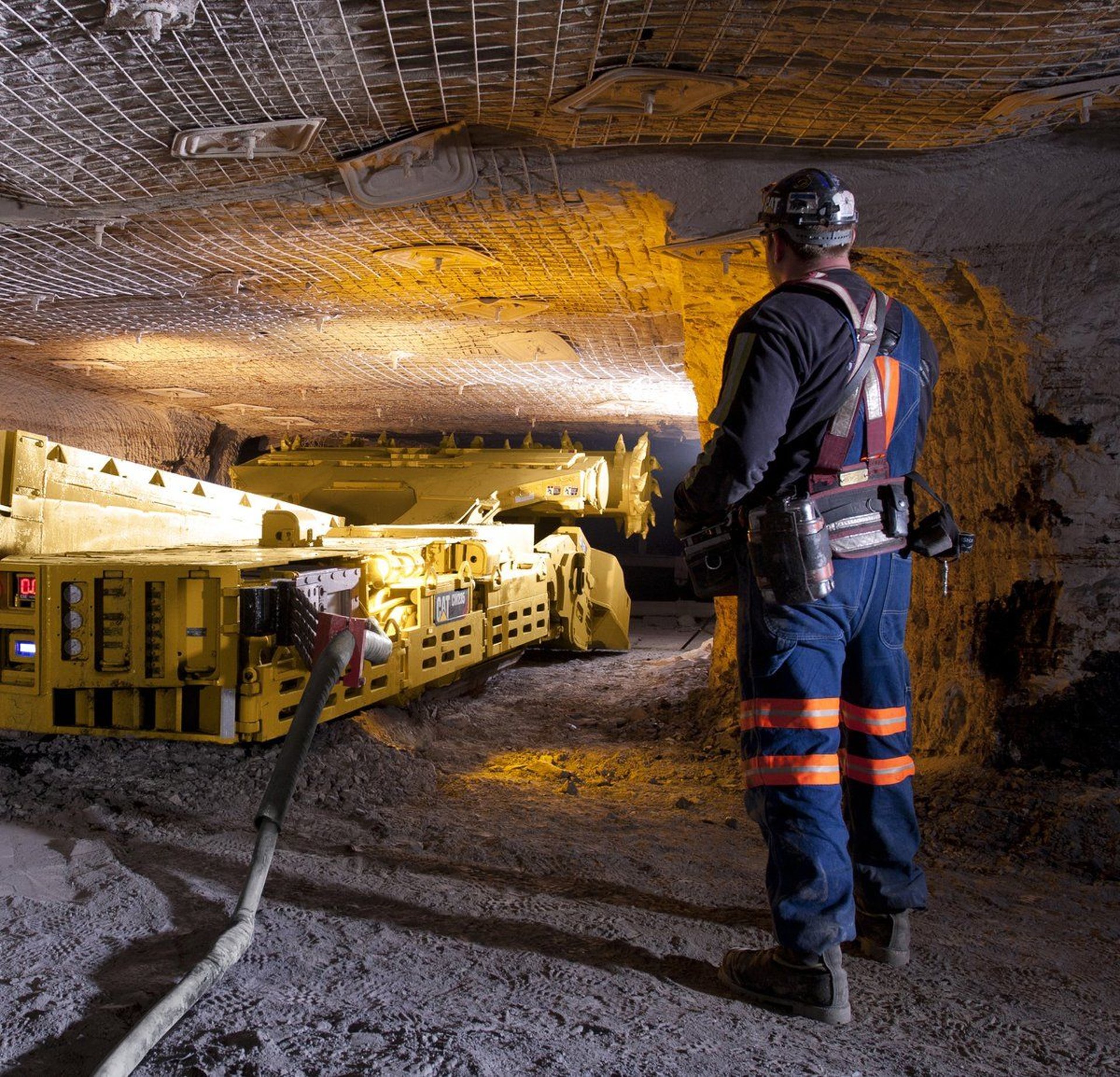
The Complete Guide to SANS Type 61A 0.64/1.1kV Flexible Copper Screened Mining Cables: Engineering Excellence for South Africa's Underground Operations
Discover the technical specifications, applications, and benefits of SANS Type 61A 0.64/1.1kV flexible copper screened mining cables designed for hazardous underground operations in South Africa's mining industry.
Li.wang@Feichun Cable
8/15/20258 min read
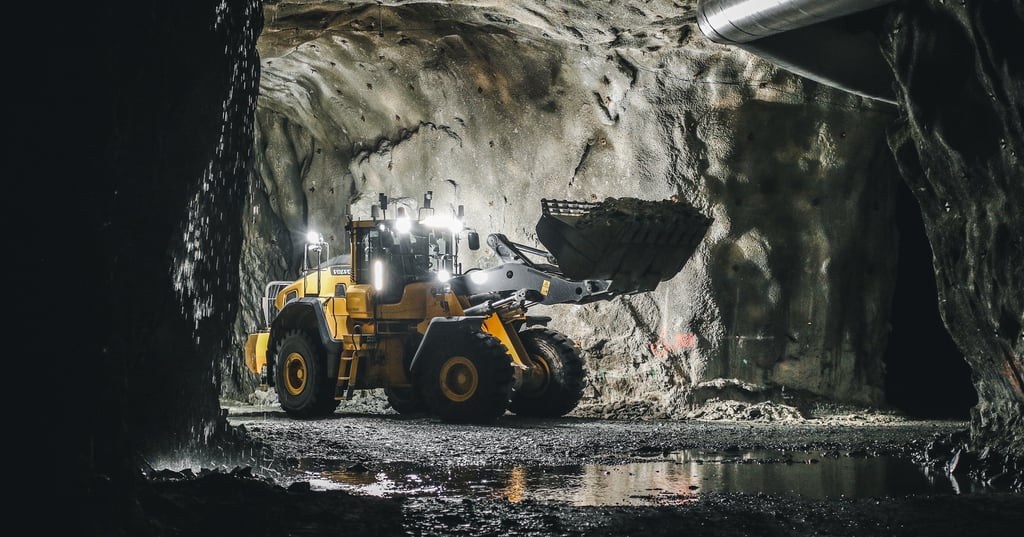

Deep beneath the surface of South Africa's mineral-rich landscape, where precious metals and resources await extraction, a critical component ensures the safe and efficient operation of mining equipment: the SANS Type 61A 0.64/1.1kV flexible copper screened mining cable. This specialized electrical conduit represents decades of engineering innovation, designed specifically to withstand the harsh, unforgiving conditions of underground mining operations while maintaining the highest standards of safety and reliability.
South Africa's mining industry, which contributes approximately 8% to the country's GDP and employs over 450,000 people, depends heavily on sophisticated electrical systems to power drilling equipment, ventilation systems, conveyor belts, and other critical machinery. The SANS Type 61A cable serves as the electrical lifeline for these operations, connecting portable electrical equipment and movable electric apparatus in hazardous areas where traditional cables would quickly fail.
What sets this cable apart is its exceptional combination of flexibility, durability, and safety features. Operating effectively in temperatures ranging from -25°C ambient conditions to 90°C conductor temperatures, these cables demonstrate remarkable resilience against water, flames, UV radiation, sunlight, ozone, and oil – all common challenges in mining environments. The cable's design philosophy centers on non-reeling applications, making it ideal for fixed installations and portable equipment connections that require frequent repositioning.
The importance of proper cable selection in mining operations cannot be overstated. A single cable failure can result in production shutdowns, safety hazards, and significant financial losses. The SANS Type 61A cable's embossing marking system ensures proper identification and traceability, while its compliance with rigorous South African National Standards guarantees consistent quality and performance.
Understanding Cable Structure: Engineering for Extreme Conditions
The SANS Type 61A cable's sophisticated construction reflects the demanding requirements of modern mining operations. At its core lies a carefully engineered system of flexible Class 5 tinned annealed copper conductors, manufactured to comply with SANS 1411-1 standards. These conductors feature a left-lay configuration with semi-conducting rubber screens, providing optimal flexibility while maintaining excellent electrical conductivity.
The insulation system represents a triumph of materials engineering. Ethylene propylene thermosetting compound type RD 3, complying with SANS 1411-3, surrounds each conductor, offering superior dielectric properties and thermal stability. The triple-extruded design includes a strippable semi-conducting core screen, facilitating easier installation and maintenance while ensuring consistent electrical performance throughout the cable's service life.
The cable's core assembly demonstrates remarkable engineering sophistication. Three tinned copper braided screened power cores work in conjunction with three unscreened pilot cores, strategically positioned in each interstice. This configuration is laid up in a right-hand lay around a semi-conductive cradle center, though 16 mm² variants utilize a rubber (RD1) filler center for optimal space utilization and mechanical protection.
Protection against mechanical damage comes from a dual-sheath system. The inner sheath consists of poly-chloroprene thermosetting compound type RS 6, complying with SANS 1411-3, providing chemical resistance and mechanical protection. An open nylon braid reinforcement layer, featuring a minimum of 16 nylon strings, adds tensile strength and abrasion resistance. The outer sheath, also poly-chloroprene thermosetting compound type RS 6, delivers the final protective barrier in distinctive black coloring for easy identification.
This multi-layered construction creates a cable capable of withstanding the most challenging mining conditions while maintaining electrical integrity and mechanical flexibility essential for dynamic underground applications.
Technical Specifications: Precision Engineering in Numbers
The SANS Type 61A cable's technical specifications reveal the precision engineering behind its exceptional performance. With a voltage rating of Uo/U 0.64/1.1 kV, these cables safely handle the power requirements of modern mining equipment while maintaining appropriate safety margins for hazardous area operations.
Power core configurations range from 16 mm² to 150 mm², accommodating various power requirements from small portable tools to heavy-duty mining machinery. The flexible construction maintains maximum wire diameters of 0.41 mm for smaller conductors and 0.51 mm for larger sizes, ensuring optimal flexibility without compromising current-carrying capacity. Approximate conductor diameters range from 5.3 mm for 16 mm² conductors to 17.3 mm for 150 mm² variants.
The braided screen system demonstrates remarkable consistency, maintaining an 80% filling factor across all conductor sizes. The screen wire diameter remains constant at 0.31 mm, while the summarized screen cross-section varies from 22 mm² to 52 mm² depending on conductor size. This screening provides essential electromagnetic interference protection and safety grounding in hazardous environments.
Pilot cores, available in 10 mm² and 16 mm² configurations, feature 0.41 mm maximum wire diameter and approximate conductor diameters of 4.2 mm and 5.3 mm respectively. These pilot cores serve critical functions in control circuits, monitoring systems, and communication networks essential for modern mining operations.
The cable's physical characteristics reflect its robust construction. Overall diameters range from 31 mm to 70 mm, while mass varies from 1.8 kg/m to 10.2 kg/m. Minimum bending radii range from 200 mm to 430 mm, ensuring installation flexibility without mechanical stress. Maximum recommended tensions vary from 0.7 kN to 6.8 kN, providing guidance for safe installation practices.
Temperature performance extends from -40°C cold resistance to 90°C working temperature, with ambient conditions suitable down to -25°C. This broad temperature range ensures reliable operation across diverse mining environments, from surface installations to deep underground operations.
Compliance with SANS Standards: Quality Assurance for Critical Applications
The SANS Type 61A cable's adherence to South African National Standards represents more than regulatory compliance – it embodies a commitment to safety, reliability, and performance in critical mining applications. SANS 1411-1 compliance for flexible Class 5 conductors ensures optimal electrical and mechanical properties, while SANS 1411-3 adherence for insulation and sheath materials guarantees long-term durability and safety.
Testing protocols following SANS 1520-1 provide comprehensive evaluation of electrical, mechanical, and environmental performance characteristics. These rigorous testing procedures validate the cable's ability to withstand the extreme conditions encountered in mining operations, from high humidity and corrosive atmospheres to mechanical stress and temperature variations.
The standards compliance extends beyond initial manufacturing to encompass installation practices, maintenance procedures, and performance monitoring. This comprehensive approach ensures consistent quality throughout the cable's service life, reducing maintenance requirements and enhancing operational reliability.
South Africa's unique mining conditions, including deep underground operations, high ambient temperatures, and challenging geological conditions, require specialized cable solutions. The SANS standards framework addresses these specific requirements, ensuring that Type 61A cables deliver reliable performance in distinctly South African mining environments.
Applications in Modern Mining Operations
The SANS Type 61A cable finds extensive application across South Africa's diverse mining operations, from gold and platinum mines in the Witwatersrand Basin to coal mining operations in Mpumalanga and diamond mining in the Northern Cape. Its versatility and reliability make it essential for numerous applications within these operations.
Underground mining operations rely heavily on Type 61A cables for powering drilling equipment, rock bolting machines, and ventilation systems. The cable's flexibility allows for easy routing through complex underground passages, while its robust construction withstands the constant vibration and mechanical stress associated with heavy mining equipment.
Surface mining operations utilize these cables for mobile equipment connections, including draglines, shovels, and conveyor systems. The cable's resistance to UV radiation, ozone, and oil makes it ideal for outdoor applications where exposure to harsh environmental conditions is unavoidable.
Coal mining operations, particularly prevalent in South Africa's eastern regions, present unique challenges including explosive atmospheres and high humidity. The Type 61A cable's flame-retardant properties and water resistance make it particularly suitable for these demanding applications.
Recent developments in South Africa's mining automation have increased demand for reliable power and control cables. The Type 61A's pilot core configuration supports the complex control and monitoring systems essential for autonomous mining equipment and remote-operated machinery.
Installation Best Practices: Ensuring Optimal Performance
Proper installation of SANS Type 61A cables is crucial for achieving optimal performance and service life. The installation process begins with careful route planning, considering the cable's minimum bending radius requirements and maximum tension limits during laying operations.
Cable handling during installation requires particular attention to temperature conditions. While the cable maintains flexibility down to -40°C, cold weather installations may require gradual warming to ambient temperature for easier handling. Installation teams should ensure that bending radii never fall below the specified minimums, typically 6 times the overall cable diameter.
Tension management during installation is critical, with maximum recommended tensions varying from 0.7 kN for 16 mm² cables to 6.8 kN for 150 mm² variants. Proper tension monitoring prevents mechanical damage during cable pulling operations, particularly in confined underground spaces.
Support systems for Type 61A cables must accommodate the cable's weight and dynamic loading conditions. Cable mass ranging from 1.8 kg/m to 10.2 kg/m requires robust support structures, particularly for vertical installations in mining shafts.
Environmental considerations during installation include protection from sharp edges, chemical exposure, and extreme temperatures. Cable trays, conduits, and protective covers should be selected based on specific installation environments and potential hazards.
Maintenance and Monitoring: Preserving Performance
Effective maintenance of SANS Type 61A cables ensures consistent performance and extends service life in demanding mining environments. Regular inspection protocols should focus on visual examination of the outer sheath for signs of abrasion, cuts, or degradation that could compromise cable integrity.
The braided screen system requires particular attention during maintenance inspections. Screen integrity is essential for electromagnetic interference protection and safety grounding. Any signs of screen damage or corrosion should trigger immediate investigation and potential cable replacement.
Cleaning procedures for Type 61A cables should address the accumulation of mining dust, oil, and other contaminants that could affect cable performance. Appropriate cleaning agents should be selected to avoid damage to the poly-chloroprene outer sheath while effectively removing contaminants.
Electrical testing forms a crucial component of maintenance programs. Insulation resistance testing, continuity checks, and ground fault detection help identify potential problems before they result in equipment failures or safety hazards.
Storage of spare cables requires careful attention to environmental conditions. UV-protected, dry storage environments prevent premature aging and degradation. Temperature control within the cable's rated range maintains material properties and ensures reliability when cables are eventually installed.
Engineering Excellence for South Africa's Mining Future
The SANS Type 61A 0.64/1.1kV flexible copper screened mining cable represents the convergence of advanced materials science, precision engineering, and practical mining experience. Its sophisticated design addresses the unique challenges of South African mining operations while providing the reliability and safety essential for critical applications.
From the gold mines of the Witwatersrand to the coal fields of Mpumalanga, these cables form the electrical backbone of South Africa's mining industry. Their exceptional performance in extreme conditions, combined with compliance with rigorous SANS standards, ensures continued safe and efficient mining operations.
As South Africa's mining industry evolves toward greater automation and digitalization, the importance of reliable electrical infrastructure becomes even more critical. The Type 61A cable's proven performance and adaptability position it as an essential component of the country's mining future, supporting the extraction of valuable resources while maintaining the highest standards of safety and environmental responsibility.
The investment in specialized mining cables like the Type 61A reflects a broader commitment to engineering excellence and operational efficiency that will serve South Africa's mining industry well into the future. By choosing cables designed specifically for mining applications, operators ensure the reliability, safety, and economic performance essential for success in this demanding industry.
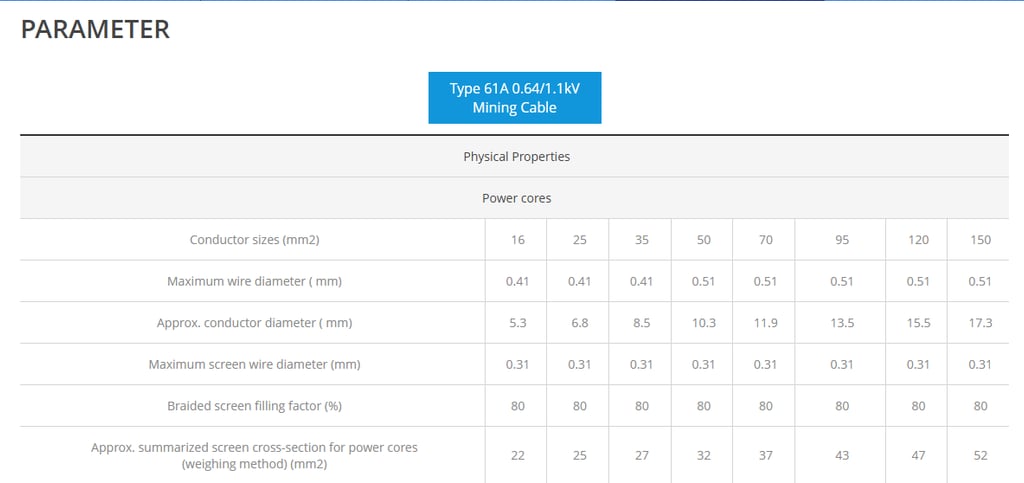

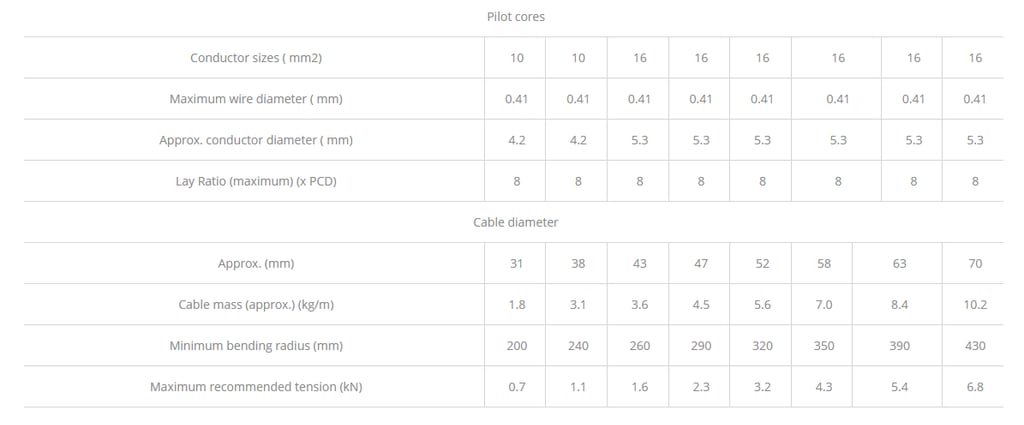

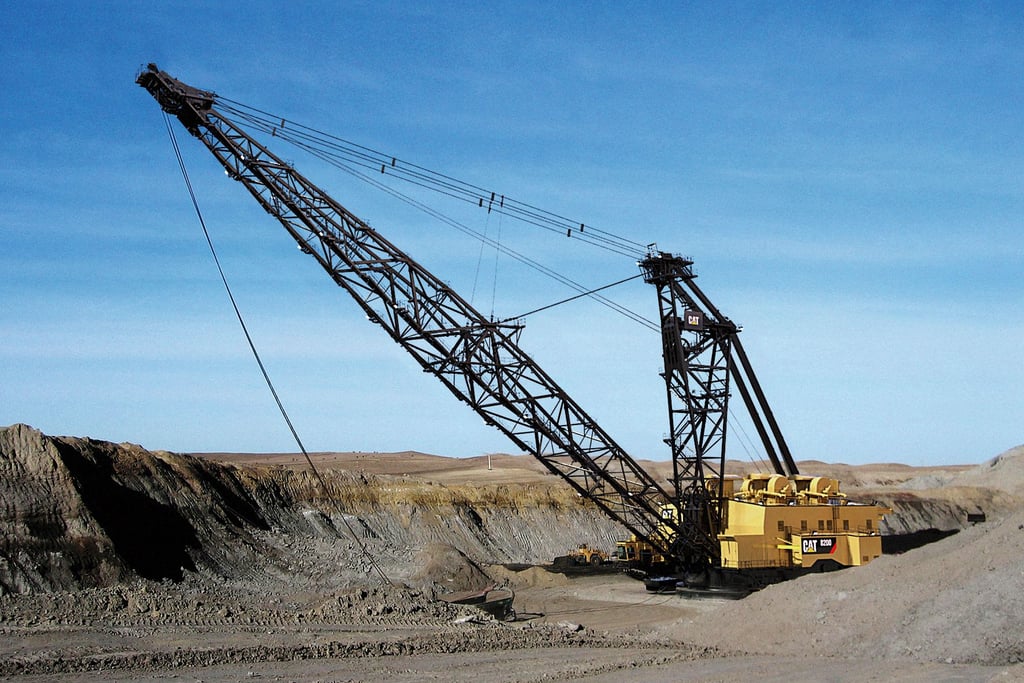


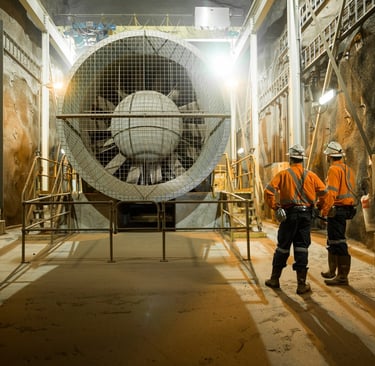

Email Address: Li.wang@feichuncables.com
© 2025. All rights reserved.


One-click to Quickly Contact
Products
Offshore & Marine Cable
XLPE Cable
Contact
Company
Location:
Building A Private Science and Technology Park, Hefei Economic and Technological Development Zone, Anhui Province, China
